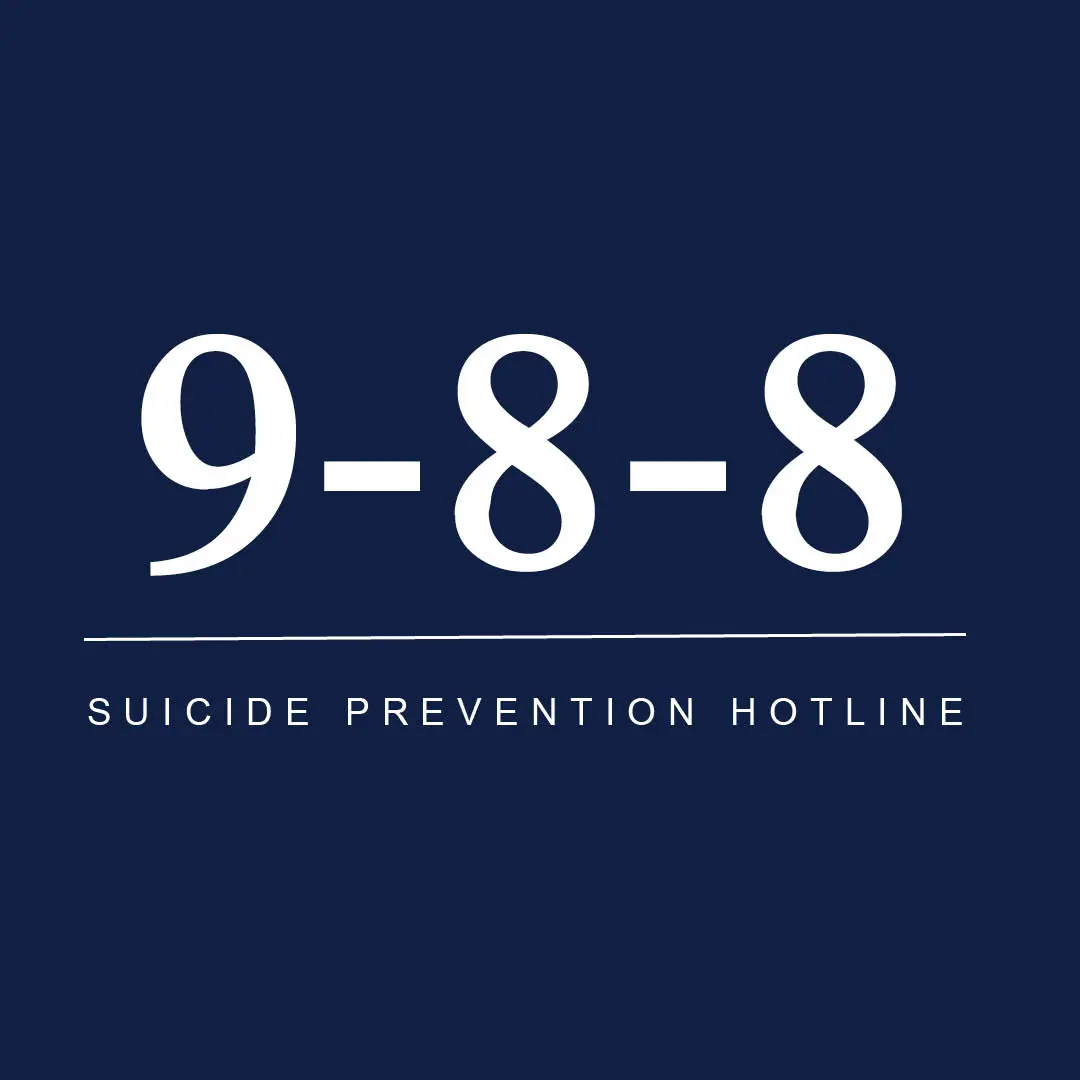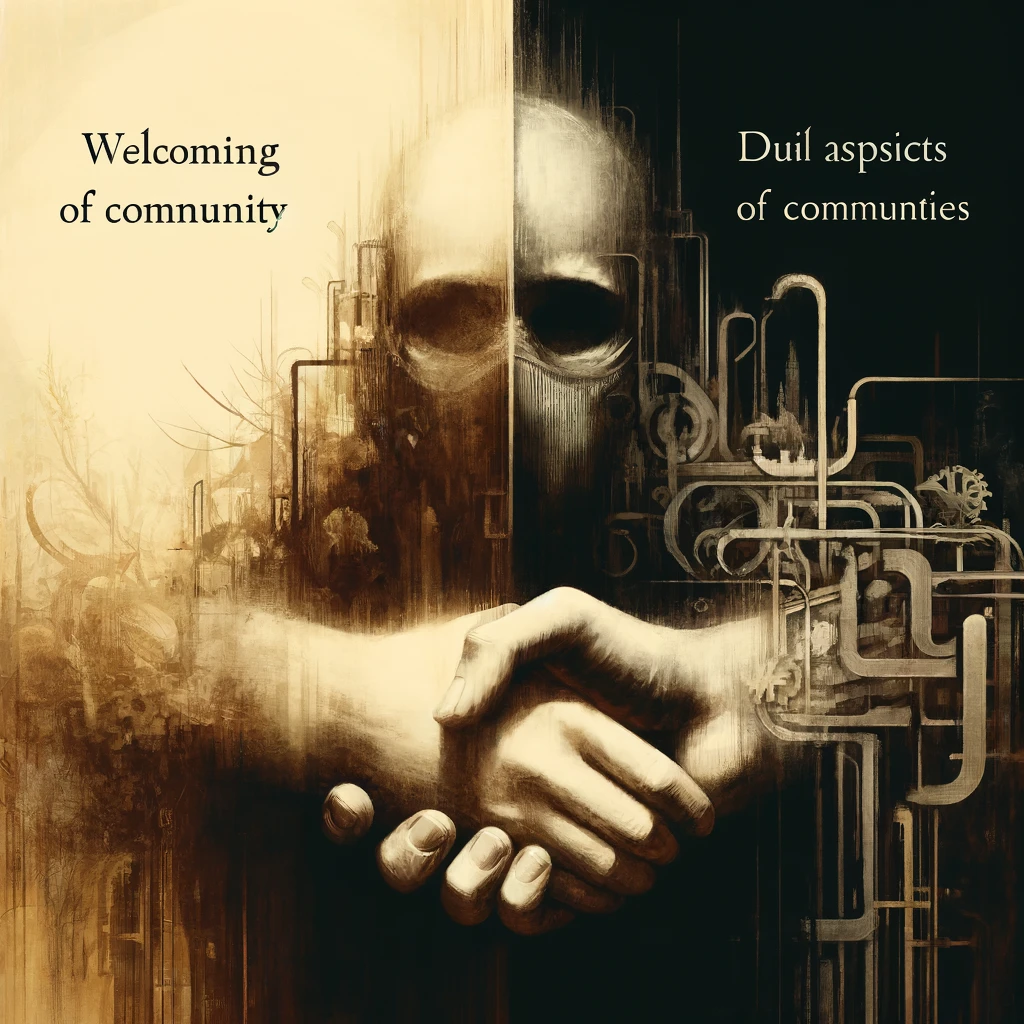Your cart is currently empty!

How to Manage Self-Harm
Self-harm is a way to cope with difficult emotions
Self-harm is a serious problem that can profoundly impact a person’s life. As a therapist, it is essential to be able to assess for self-harm. Self-harm is the intentional and direct harming of one’s own body without the intention of committing suicide. It is a way of coping with difficult emotions and situations. There are many reasons why someone might self-harm. It is often a way to cope with overwhelming emotions, such as sadness, anger, or shame. It can also be a way to relieve boredom or loneliness. For some people, self-harm is a way to feel in control of their bodies and lives. If you are a therapist, you can do a few things to assess for self-harm.
Key signs to look for that may indicate that a person is harming themselves
- Pay attention to any sudden changes in appearance. If a person wears long sleeves or pants in the middle of summer, this could be a sign that they are hiding cuts or bruises.
- Listen for any mention of self-harm in conversation. A person harming others may talk about it jokingly or cavalierly as if it is not a big deal.
- Please keep in mind any sudden changes in mood or behavior.
A person who is harming themselves may become withdrawn or depressed, or they may start acting out. As a therapist, assessing for self-harm in your clients is crucial. Self-harm is a serious issue that can lead to severe injury or even death. Therefore, it is crucial to identify the signs and symptoms of self-harm to provide the appropriate care and treatment for your clients.
You can assess self-harm in your clients in a few different ways
- You can ask them directly if they have ever harmed themselves.
- You can look for physical signs of self-harm, such as cuts or bruises.
- You can ask about any suicidal thoughts or behaviors.
Many risk factors for self-harm include mental health disorders, substance abuse, a history of trauma or abuse, and impulsivity. If you are concerned that a client may be harming themselves, getting them help as soon as possible is vital. Additionally, self-harm is often a coping mechanism for individuals struggling with difficult life circumstances or experiences. If you or someone you know is struggling with self-harm, it is vital to seek professional help. Many resources are available to individuals struggling with mental health issues, and getting help can make a big difference.
Offer support and encouragement
Self-harm is a way to cope with difficult emotions and can be difficult to stop. However, with the proper support, people can recover and live healthy lives. If you are worried about someone who is self-harming, the best thing you can do is talk to them about it. Let them know that you are there for them and offer to help them get the help they need. You can also call a suicide hotline in your area to get more information on how to support someone who is self-harming.
Here are a few tips:
- Listen without judgment. It is essential to listen to the person who self-harms without being judgmental. This means providing a safe and non-judgmental space for the person to express their thoughts and feelings.
- Encourage them to talk about their feelings. People who self-harm often have difficulty expressing their emotions. Encouraging them to talk about their feelings can help them identify and process their emotions, leading to healthier coping methods.
- Help them find other ways to cope with emotions. Self-harm is often used as a coping mechanism. Helping the person find alternative coping methods, such as exercise or mindfulness, can be beneficial.
- Encourage them to seek professional help. Professional help can be very beneficial for individuals who self-harm. Encouraging the person to seek professional help, such as therapy or counseling, can be crucial to their recovery.
- Be patient and understanding. Recovery from self-harm is a process that can take time. It is essential to be patient, and understanding as the person works toward recovery.
- Avoid making assumptions. It is essential not to make assumptions about the person’s behavior or emotions. Each person is unique, and it is essential to understand and respect their individual experiences.
- Be open-minded. Being open-minded and willing to learn about self-harm and how to support someone who self-harms is essential. This includes being willing to seek out information and resources.
- Provide support. Providing support can be as simple as being there for the person, checking in on them, or offering to accompany them to appointments or support groups. Showing support can help the person feel cared for and understood.
Treatments
Several different types of treatment are available, and the right one for you will depend on your needs. Cognitive Behavioral Therapy (CBT) is a talking therapy that can help you manage your thoughts and feelings and change how you cope with difficult situations. CBT can be done one-to-one, in a group, or online. Medication can also be used to treat self-harm, and several different types of medication can be used. These include antidepressants, mood stabilizers, and antipsychotics.
While self-harm is a complex issue, there are things that you can do to manage it. If you are struggling with self-harm, contact a trusted friend, family member, therapist, or hotline. There are also many online resources and support groups available. Remember, you are not alone.
.

Talk To Someone Now
We can all help prevent suicide. The Lifeline provides 24/7, free and confidential support for people in distress, prevention and crisis resources for you or your loved ones, and best practices for professionals in the United States.
One response to “How to Manage Self-Harm”
-
[…] If you notice that you are struggling or experiencing warning signs, don’t hesitate to reach out for help […]





Leave a Reply